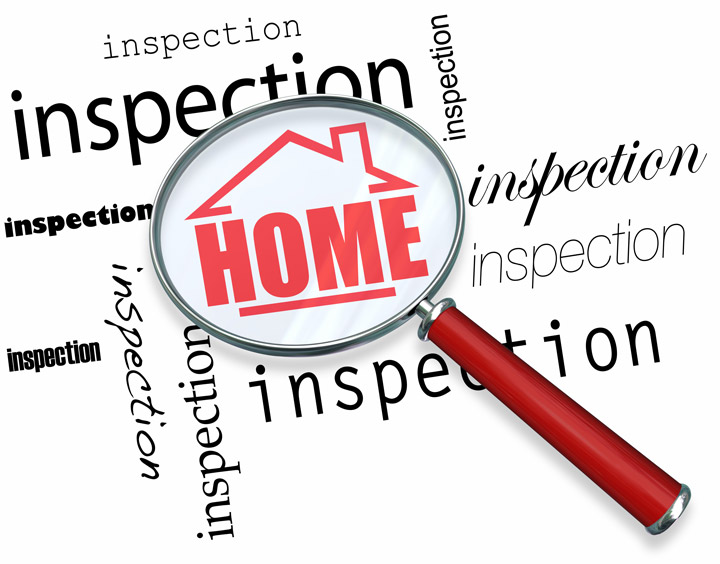
What Are the Parts of an Appraisal?Their home's purchase is the most serious investment some of us could ever consider. Whether it's where you raise your family, a second vacation property or one of many rentals, purchasing real property is a complex transaction that requires multiple parties to see it through. Practically all the participants are very familiar. The real estate agent is the most recognizable entity in the exchange. Next, the lender provides the money necessary to bankroll the exchange. And the title company makes sure that all requirements of the exchange are completed and that the title is clear to transfer to the buyer from the seller. So, who's responsible for making sure the value of the property is consistent with the purchase price? In comes the appraiser. We provide an unbiased estimate of what a buyer might expect to pay — or a seller receive — for a property, where both buyer and seller are informed parties. A licensed, certified, professional appraiser from BTR Appraisal Services will ensure, you as an interested party, are informed. The inspection is where an appraisal startsOur first duty at BTR Appraisal Services is to inspect the property to ascertain its true status. We must physically view features, such as the number of bedrooms and bathrooms, the location, and so on, to ensure they indeed are there and are in the shape a reasonable buyer would expect them to be. To ensure the stated size of the property has not been misrepresented and convey the layout of the home, the inspection often requires creating a sketch of the floorplan. Most importantly, we look for any obvious features - or defects - that would affect the value of the house. Once the site has been inspected, we use two or three approaches to determining the value of real property: a sales comparison, a replacement cost calculation, and an income approach when rental properties are prevalent. 
Cost ApproachHere, the appraiser pulls information on local construction costs, labor rates and other factors to ascertain how much it would cost to replace the property being appraised. This value commonly sets the maximum on what a property would sell for. The cost approach is also the least used method. 
Sales ComparisonAppraisers get to know the communities in which they work. They thoroughly understand the value of particular features to the people of that area. Then, the appraiser looks up recent transactions in close proximity to the subject and finds properties which are 'comparable' to the real estate being appraised. By assigning a dollar value to certain items such as upgraded appliances, extra bathrooms, additional living area, quality of construction, lot size, we add or subtract from each comparable's sales price so that they are more accurately in line with the features of subject property.
An opinion of what the subject could sell for can only be determined once all differences between the comps and the subject have been evaluated. At BTR Appraisal Services, we are an authority in knowing the worth of particular items in Bridgeville and Sussex County neighborhoods. The sales comparison approach to value is commonly given the most weight when an appraisal is for a real estate sale. Valuation Using the Income ApproachA third way of valuing a property is sometimes applied when an area has a measurable number of renter occupied properties. In this scenario, the amount of revenue the real estate produces is factored in with income produced by neighboring properties to give an indicator of the current value. Putting It All TogetherExamining the data from all approaches, the appraiser is then ready to document an estimated market value for the property at hand. The estimate of value at the bottom of the appraisal report is not always the final sales price even though it is likely the best indication of what a property is worth. There are always mitigating factors such as the seller's desire to get out of the property, urgency or 'bidding wars' that may adjust an offer or listing price up or down. But the appraised value is typically employed as a guideline for lenders who don't want to loan a buyer more money than the property is actually worth. The bottom line is, an appraiser from BTR Appraisal Services will guarantee you get the most accurate property value, so you can make wise real estate decisions. |